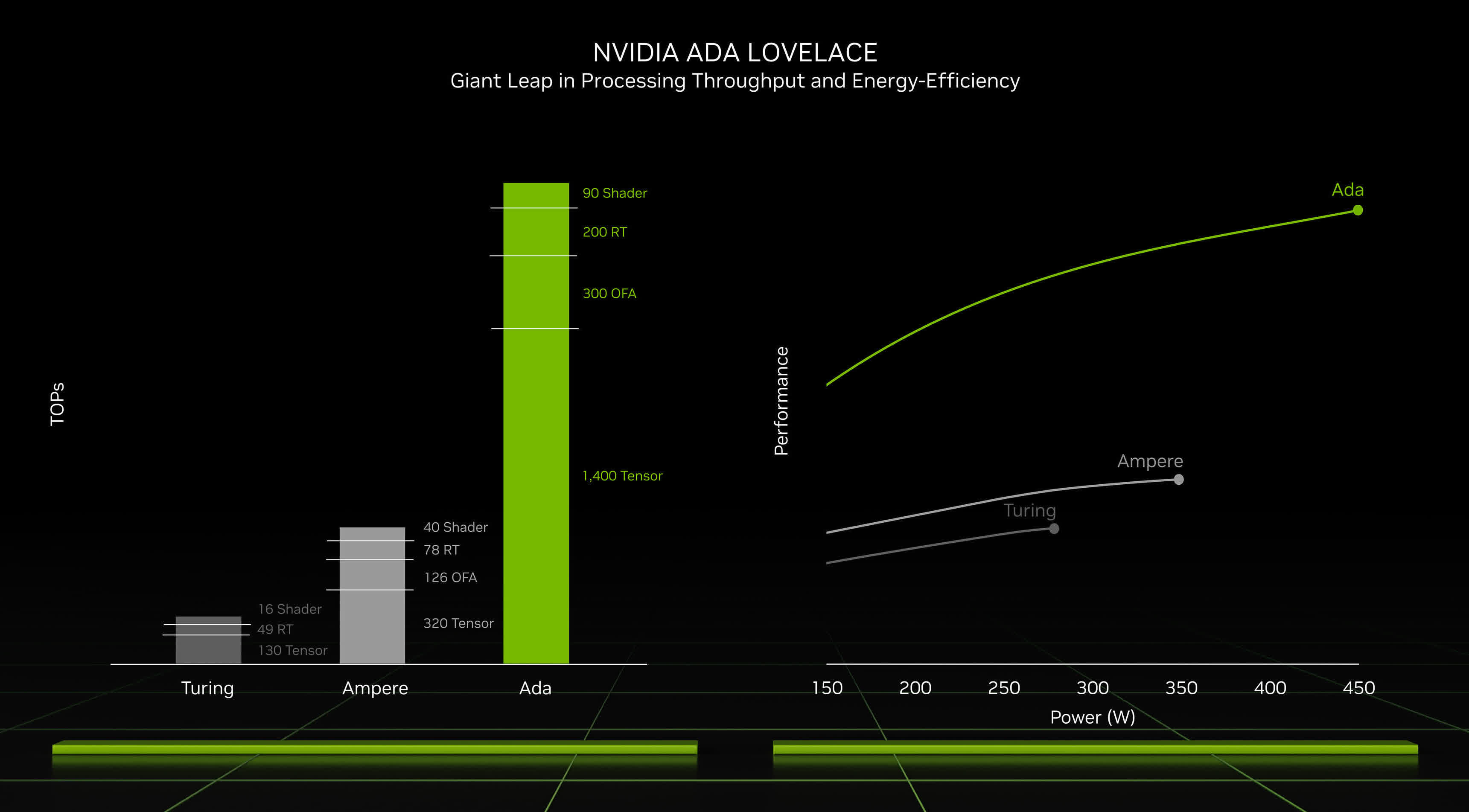Hi
@CookieDog! I was on my phone before and couldn't give you a proper welcome. Welcome to the thread and Fami in general! Some general info.
Nvidia's Ampere gaming cards all pretty consistent with their layouts. There is a high level organization called a GPC, and as you go up the stack, you just get more and more GPCs, with each GPC having the same number of shader cores, tensor cores, rt cores, memory controllers, cache, ROPs, TMUs, tensor cores, etcetera etcetera*.
In that regard, T239 is a small but otherwise completely standard Ampere/RTX 30 GPU. It is one, single, full GPC, no more, no less, with all the bells and whistles. There are very few modifications, almost all related to energy efficiency. One of those being the lower bandwidth (and lower latency) LPDDR memory. The expectation is that Nintendo will keep clocks lower, which keeps the bandwidth and performance in balance (as well as keeping the battery life good).
T239's single, full** GPC design at low-ish clocks is basically the most power efficient design that Nvidia can make, while still offering all the features of the desktop cards. There is no solid clock information in the Nvidia leak, so all our clock speed guesses are just that - guesses. But based on the idea that Nvidia/Nintendo will go for the best battery life in handheld, and roughly double that in docked, we get 500-600MHz and 1GHz-1.2GHz respectively. Which matches nicely up with LPDDR5 RAM to provide a configuration that looks basically just like desktop.
The power draw curve is based on Nvidia's public data. It's always possible that T239 has modifications that shift the power curve. Slightly less possible, Nintendo might have gone with LPPDR5X RAM instead of just 5 - the standard was published just
barely in time for Nvidia to take advantage of it. Both of those things might shift the calculus, obviously, but overall, there is no real concern that Switch NG will be bandwidth limited the way the Switch is.
Hope that answers your question a little better! And again, welcome!



